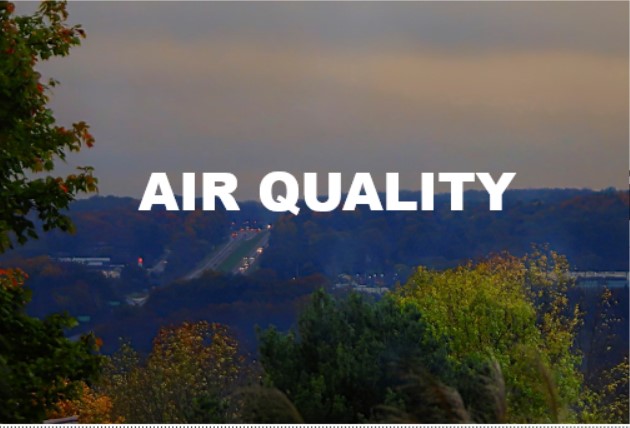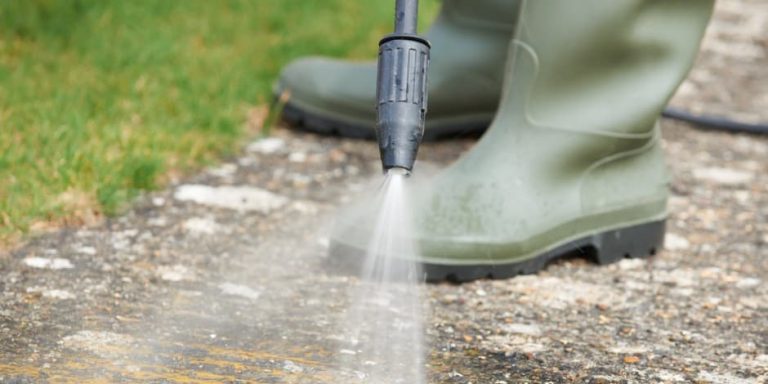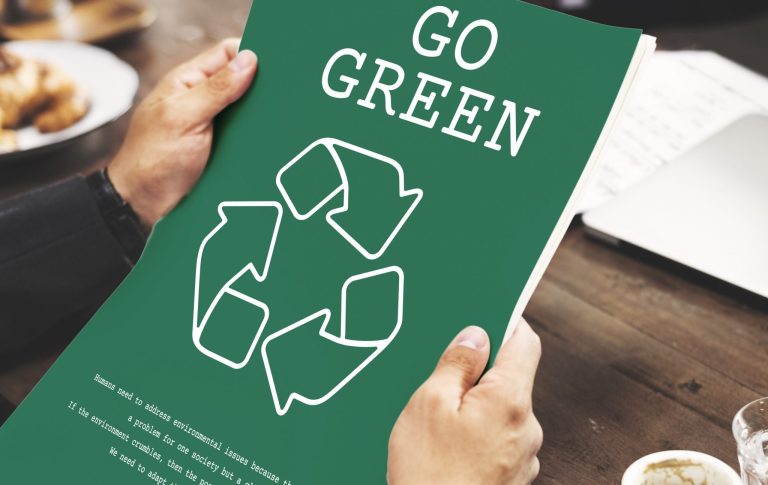
Power washing is widely recognized for its ability to clean surfaces efficiently, blasting away layers of dirt, mold, and grime in seconds. But in densely populated neighborhoods—where people live side by side, often with limited green space—this seemingly harmless task may be doing more than just cleaning. It might be affecting the air we breathe.
The link between power washing and air quality is often overlooked, but it deserves attention—especially as urban communities deal with high levels of smog, allergens, and respiratory issues. So the question is: does pressure washing make things better or worse?
Let’s take a closer look at both sides of the issue. 🌇💨
🔍 How Power Washing Could Hurt Air Quality
While it’s easy to think of power washing as a purely water-based process, it can contribute to air pollution in several important ways—particularly when performed carelessly in high-density areas.
🧪 1. Aerosolizing Mold, Mildew, and Pollutants
When power washers hit dirty surfaces—especially old siding, moldy walls, or grimy decks—they can release tiny particles into the air. These may include:
- Mold spores
- Mildew
- Pollen
- Dust and soil particles
- Dry paint flakes
- Organic debris from bird droppings or algae
These particles can become aerosolized—suspended in the air—and inhaled by anyone nearby, especially during and immediately after cleaning.
In tight neighborhoods with limited airflow or narrow alleyways, this can aggravate respiratory conditions, including:
- Asthma
- Allergies
- Bronchitis
- Sinus infections 😷
🛢️ 2. Use of High-VOC Cleaners
Some conventional power washing detergents contain volatile organic compounds (VOCs). These chemicals:
- Evaporate quickly
- React with sunlight
- Contribute to smog formation
- Cause eye, nose, and throat irritation
- Exacerbate ozone-related respiratory issues
Inhaling VOCs from cleaning agents—even outdoors—can trigger headaches, fatigue, dizziness, or long-term damage to the lungs and liver.
In dense residential zones or shared outdoor spaces, multiple homes using these products simultaneously can compound the air pollution risk.
🔊 3. Emissions from Gas-Powered Washers
Many professional-grade pressure washers run on gasoline or diesel engines, which emit:
- Carbon monoxide (CO)
- Nitrogen oxides (NOx)
- Sulfur dioxide (SO₂)
- Particulate matter (PM2.5)
When used for extended periods—especially in neighborhoods with limited green cover—these pollutants can contribute to ground-level ozone, which is a key component of urban smog.
PM2.5 is particularly dangerous, as these microscopic particles penetrate deep into the lungs and can enter the bloodstream. Prolonged exposure is linked to:
- Lung cancer
- Heart disease
- Neurological disorders
🚫 Not exactly what you want floating around on a warm afternoon while your neighbors are gardening or walking their dogs.
🧼 But Can Power Washing Improve Air Quality?
Yes—in some situations, power washing can actually help reduce airborne irritants. Here’s how:
✅ 1. Removing Built-Up Allergens
Surfaces exposed to the elements often accumulate allergens such as:
- Pollen
- Mold
- Algae
- Dust
- Bird droppings
By properly washing these areas, you reduce the number of irritants that can:
- Be kicked up by the wind
- Stick to shoes and enter homes
- Irritate eyes and noses
For people with asthma or allergies, this can result in cleaner air around the home, especially if low-pressure soft washing is used to minimize spray-back.
✅ 2. Reducing Urban Dirt and Grime
In cities, soot from traffic, construction dust, and industrial residue can coat buildings and sidewalks. Left untreated, these particles:
- Break down and enter the air
- Contribute to visible smog
- Contaminate home interiors via open windows or HVAC systems
Routine, low-emission pressure washing can reduce buildup and improve both indoor and outdoor air quality over time—especially when paired with sustainable practices. 🏙️🌿
✅ 3. Preventing Spread of Harmful Bacteria
Power washing can also be used to sanitize public spaces, removing bacteria and viruses from:
- Playground equipment
- Public benches
- Picnic tables
- Outdoor restrooms
While not directly tied to air quality, removing biological contaminants may reduce airborne bacterial particles spread by contact and foot traffic.
🌿 Best Practices for Cleaner Air During Power Washing
Whether you’re a homeowner or a contractor, here’s how to minimize air pollution risks:
🧴 Use Eco-Safe Detergents
- Look for low-VOC, phosphate-free, biodegradable products
- Avoid bleach or ammonia unless absolutely necessary
- Choose EPA Safer Choice–certified cleaners
Browse Amazon Here For Eco-Friendly Pressure Washing Detergents
🔋 Switch to Electric Pressure Washers
- No tailpipe emissions
- Much quieter
- Perfect for residential or enclosed spaces
😷 Wear PPE and Alert Neighbors
- Use a mask when cleaning moldy areas
- Let neighbors know before starting so they can close windows or stay indoors
🌬️ Spray Smart
- Avoid windy days
- Use low-pressure settings to minimize mist
- Direct spray downward, not outward
⏱️ Choose the Right Time
- Early morning or evening to reduce chemical evaporation
- Avoid washing on hot, stagnant-air days
🧠 Final Thoughts
Power washing in dense neighborhoods requires more than a clean-up plan—it requires an air quality plan. While it can help improve cleanliness and even reduce some pollutants, careless use of chemicals, noisy gas engines, and poor technique can create real health hazards for neighbors and the broader community. 🏘️🌫️
Fortunately, eco-conscious products, smart scheduling, and cleaner equipment make it easy to protect the air while keeping your property pristine. In a world increasingly aware of indoor and outdoor air quality, every thoughtful choice counts. 🌎💨
Browse Amazon Here For Top Rated Power Washers And Accessories






